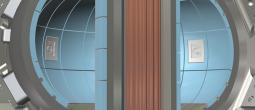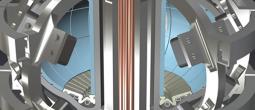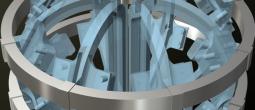

Reaction Ignition System Simulator
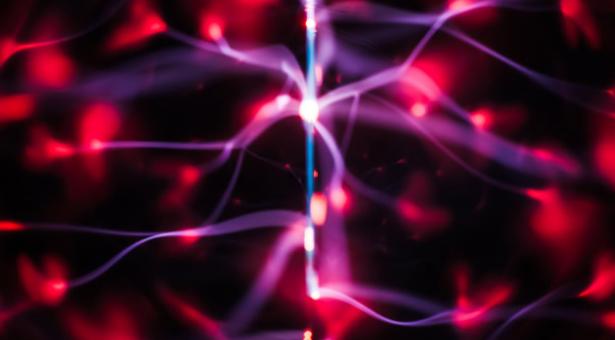
The Reaction Ignition System adds energy to the reactor's fuel isotope mix until the reaction generates enough energy to sustain itself (ignition).
There are two stages to the ignition process: plasma creation, which heats the fuel isotop mix until it ionises (creating a plasma); and plasma excitattion, which adds energy to the plasma until ignition is reached.
Plasma Creation
[STUB] Ohmic induction is used to induce sufficient energy in the fuel istope mix to ionise it, creating a 'cold' plasma.
Plasma Excitation
Neutral Beam Injection (NBI) is used to excite the plasma to higehr energy levels. High-speed neutrons are fired into the plasma to collide iwth palsma particles, thereby transferring kinetic energy.
Energy Transfer
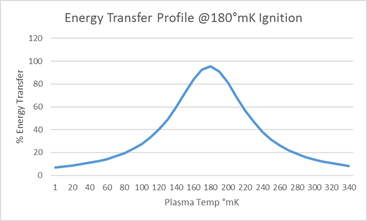 The efficiency of the energy transferred by the NBI process varies depending on the current temperature of the plasma.
The efficiency of the energy transferred by the NBI process varies depending on the current temperature of the plasma.
For the purposes of energy transfer calculation, the nominal value is equivalent to the ignition value (see the plasma simulation).
The efficiency of energy transfer is described by a Lorentzian function:
Where d is the beam dissipation factor (see below), n is the centre of the distribution (representing nominal plasma temperature for energy transfer) and w is the beam intensity factor (see below) (representing the mathematical width of the function).
Modifiers
The energy transfer efficiency value is multiplied by a constant to calculate the proportion of energy transferred per input unit.
This is then multiplied by the actual energy input to calculate the total energy delivered to the plasma.
Beam Dissipation Factor
The dissipation factor represents the amount of kinetic energy lost due to low plasma density/energy, meaning the distribution of time taken by injected neutral particles to collide with plasma particles is wider, resulting in less collisions and less energy transfer.
It is calculated by subtracting the current temperature from the nominal temperature (both divided by a constant):
Where n is nominal plasma temperature, x is the current plasma temperature and c is a constant.
Beam Intensity Factor
The intensity of the neutron beam makes energy transfer more efficient at lower plasma temperatures, by widening the energy transfer profile.
This is calculated by multiplying the beam input value by an intensity constant.
Output
The output of energy transfer is measured in electronvolts (eV). This converts to kelvins at a ratio of approximately 1eV:11604K.


